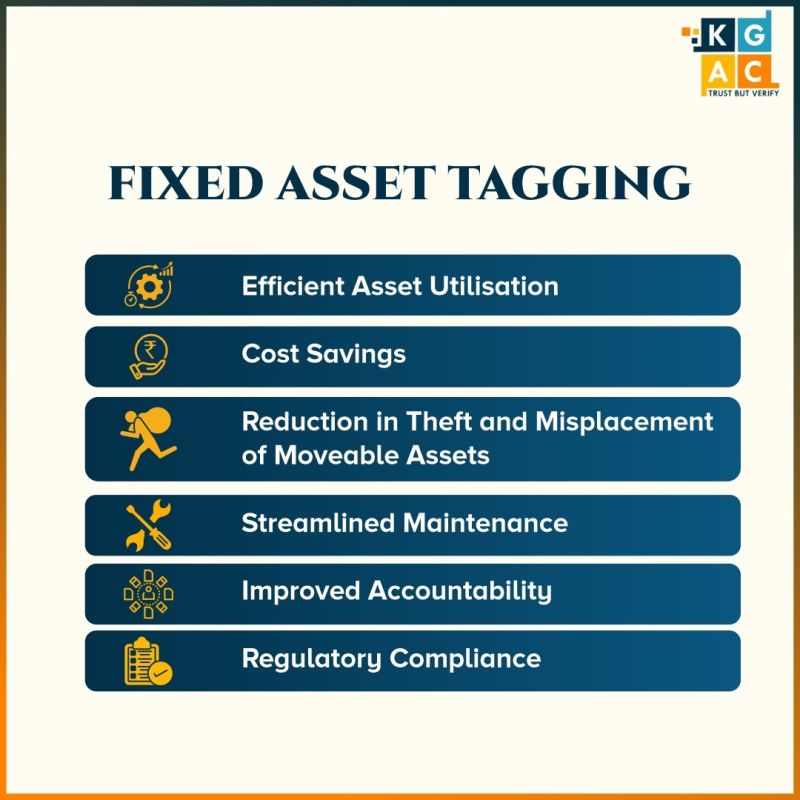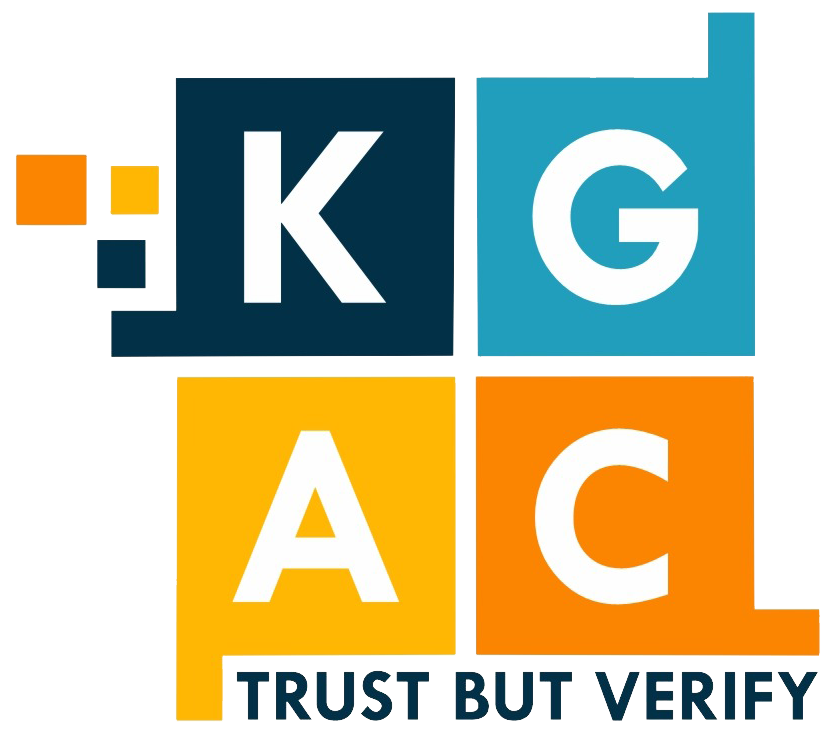
Asset tagging involves attaching tags or labels to assets for individual identification and continuous data tracking, from real-time location to maintenance history. These tags can be allocated to stationary and mobile assets across various sites and warehouses. The primary objective of asset tagging is to monitor the transition of assets between different locations, enabling businesses to attain a comprehensive overview of all their owned assets.
𝗕𝗲𝗻𝗲𝗳𝗶𝘁𝘀 𝗼𝗳 𝗙𝗶𝘅𝗲𝗱 𝗔𝘀𝘀𝗲𝘁 𝗧𝗮𝗴𝗴𝗶𝗻𝗴:

Applying tags to assets serves as a means to monitor and maintain a record of the physical assets owned by the organization. It establishes a robust foundation for physically verifying assets during financial statement audits.

Conducting periodic physical counts of all fixed assets is essential to verify the assets on hand and their corresponding values, ensuring the accuracy of associated financial records. The physical verification (PV) of assets plays a crucial role in identifying obsolete, abandoned, and unused assets.

To identify and make idle, excess, and underutilized equipment available to other departments needing them.

Conducting a physical count of all inventory items involves cross-checking with financial records to ensure accuracy. This process aims to maintain precise physical inventory records and present them correctly in financial statements. It helps identify whether the accounting standards value the inventory reflected in the financial statements.
𝗠𝗼𝗱𝗲𝘀 𝗼𝗳 𝗮𝘀𝘀𝗲𝘁 𝘁𝗮𝗴𝗴𝗶𝗻𝗴
Each organization establishes its unique asset preferences based on specific requirements. The following outlines various types of fixed asset tags:
𝗠𝗮𝗻𝘂𝗮𝗹 𝗽𝗮𝗽𝗲𝗿 𝗧𝗮𝗴𝘀
These are the cheapest and least durable options. It’s a manual, inaccurate, and unverified task;
𝗦𝗶𝗺𝗽𝗹𝗲 𝗕𝗮𝗿𝗰𝗼𝗱𝗲𝘀
It is a simple and quick option requiring a stand-alone database. This makes access to information more difficult;
𝗥𝗙𝗜𝗗 𝗯𝗮𝗿𝗰𝗼𝗱𝗲𝘀
These codes are linked to a radio signal, which makes them work as a “chip” and can be integrated with GPS technology.
𝗡𝗙𝗖 𝘁𝗮𝗴𝘀
Like RFID barcodes, they let you register data in real time and access information quickly. They only work in relatively short distances (a few centimeters), and you need to purchase tags with specific features for outdoor use;
𝗤𝗥 𝗰𝗼𝗱𝗲𝘀
Just like NFC tags, you can read them with a smartphone. They need to be completely visible, which can be a disadvantage with specific assets.
